How Malaysian restaurants are graded for hygiene [UPDATE]
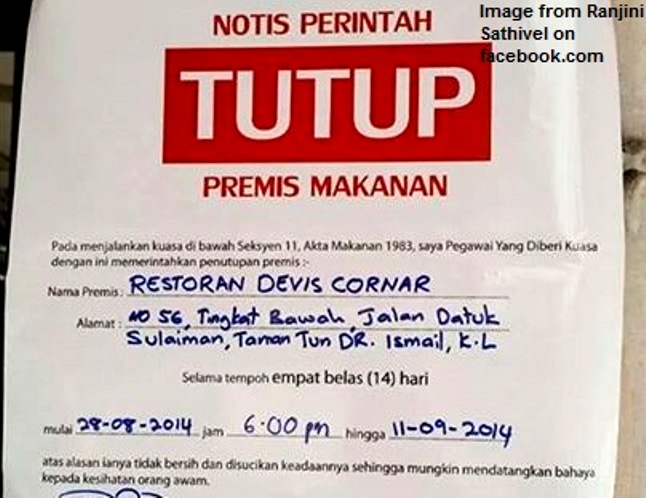
- 606Shares
- Facebook552
- Twitter1
- LinkedIn9
- Email9
- WhatsApp32
Have you guys ever walked into a restaurant, looked at its ‘A, B or C Premis Bersih’ sign and wondered what this grade actually means and how the establishment came to receive it? Well, it’s all in the Food Hygiene Regulations 2009, baby. These grades are assigned to food premises for two reasons – to inform the customer about its level of cleanliness and to ensure that operators keep to the standards of hygiene.

The Star’s article explains that the rating system helps customers know which restaurants keep strict hygiene practices and which ones don’t. Image from thestar.com.my
Based on a set of criteria that are standard across Malaysian city councils, there are 9 factors that officers review during spot checks. We found the criteria in a report from The Star which cited off the Petaling Jaya City Council. Then we found that the SAME evaluation parameters are used by the councils of Seberang Perai (Penang), Bahau (Negeri Sembilan) and Kota Bharu (Kelantan). Which means, north, south, east, west, five-star or hawker, food premises across the country refer to the same factors to achieve their grades.
However, there is a difference – the overall scores required to achieve each grade (A, B or C) are not the same across different cities. For instance:
In PJ…
Grade A : 75% and above
Grade B : 50-75%
Grade C : 49% and below
while in Seberang Perai…
Grade A : 80% and above
Grade B : 65-79%
Grade C : 50-64%
Grade D : Tutup kedai
CHUP! Why is PJ’s percentage quota lower than Penang’s? Not fair lah like that, hygiene should be standard across the country, what. We feel so cheated, but also confused… If y’all have a better idea, tell us in the comment section.
On another note, there’s a lagi in-depth report of the Food Hygiene Regulations 2009 here, which you are welcome to spend the whole morning on if your office has no CCTV.
So back to our article… here are the 9 points that grade our makan places!
1. Food safety (30%)
This covers how food should be handled from fridge to plate. Food handlers (uncle that chars the kuey teow or mamak anneh) have to safeguard it from contaminants. How? First by storing food in refrigerators (raw stage), washing thoroughly before cooking and keeping it clean all the way to the customer’s table.
Health Minister, Datuk Seri Dr. S. Subramaniam, warned food premises that pests and dirty utensils are grounds for closure, The Star reported. This could lead to bigger consequences under Section 11 of Food Act 1983, where the owner could be jailed not more five years, or fined, or both. Jeng, jeng, jeng! \(O.O)/
BTW, if a restaurant is discovered doing the cooking behind the shop (as in the back alley), a grade will NOT be given.
During storage, food handlers must control its temperatures. Studies show that between 5°C and 60°C is called the ‘temperature danger zone’, where potentially harmful bacteria can multiply. A food warmer maintains your yummy hot food temperature a toasty 60°C, so when you step into a nasi kandar or chap fan shop, don’t lean against that whale of a metal display unless you’re trying to warm your butt. Incidentally, if it doesn’t warm squat, then you oughta let anneh know. Seriously, because bacteria is breeding in millions by the minute. Eeek!
As food safety contributes a substantial percentage to the grade, achieving an A would more or less indicate to the customer that the restaurant is careful with how they store, prepare and serve your nom nom.
2. Food handlers (20%)
The food handler geng includes people who are directly involved in food preparation like the chef, sous chef, etc. – cashiers and clean-up crew are not counted. And did you know, training is actually compulsory for food handlers. Wait, whaaa…? It’s true – the rule applies to ALL food handlers in the entire Malaysian F&B industry, right down to street hawkers.
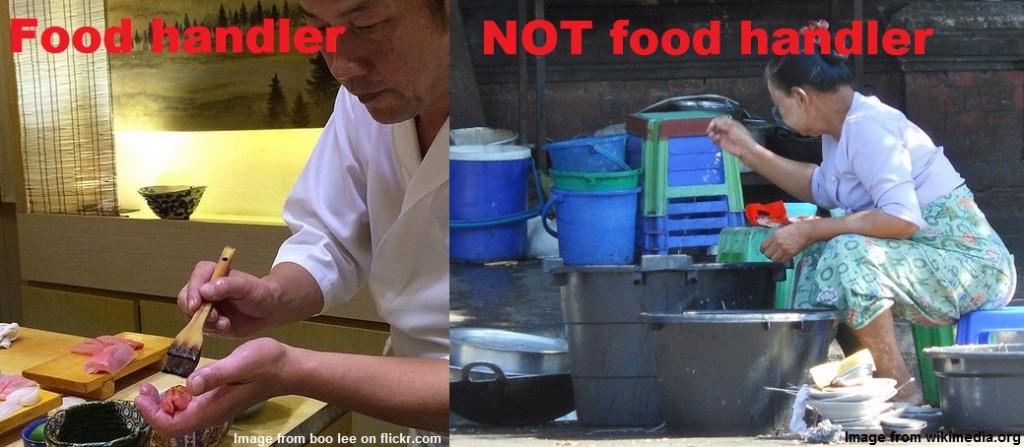
Food handlers are the people who have direct contact with the food, so cleaners, cashiers and restaurant owners are not included.
Haha, we have an image of raging, street hawkers going amuk in our heads. Anyhoo, they’ve definitely made their displeasure crystal clear when protests against the RM50 training fees arose in Penang. The Malay Mail reported complaints about fraudsters pretending to be trainers in a scheme that could earn these ‘training institutes’ an estimated RM70 million! Ka-ching! $$$
Back to the regulations… here are some other interesting points on food handler musts:
1. Be medically examined and receive typhoid injections every three years. It prevents them from getting infected with foodborne diseases such as cholera, Hepatitis A, typhoid and leptospirosis – which recently received a lot of attention at the heart-breaking death of a 21-year-old student, following a meal at a stall, among others.
2. Dress ridiculously attention-grabbing. Food handlers should wear light-coloured overalls, apron, head cover and shoes. And when they need to answer nature’s call, they must remove their head cover, apron and overalls first before visiting the toilet.
3. Wash their hands umpteen times a day. No, city council officers won’t stick around the whole day to count the number of times). Also, they must not engage in any behaviour or action that can contaminate the food (…….we can’t even……………), and NO bling!
3. Equipment & utensils (10%)
Did you know that if a restaurant has a rusty spoon, they could easily say bye-bye and gulung tikar? Having foreign, poisonous substances (rust or mold, for examps) on appliances and containers is a huuuuuuge no-no.
On another note, washing the dishes behind the shop (e.g. back alley or beside a longkang) is grounds for not being awarded a grade, according to the Seberang Perai Municipal Council. But, OMG don’t we see shops doing it all the time? Yes. Yes, we do.
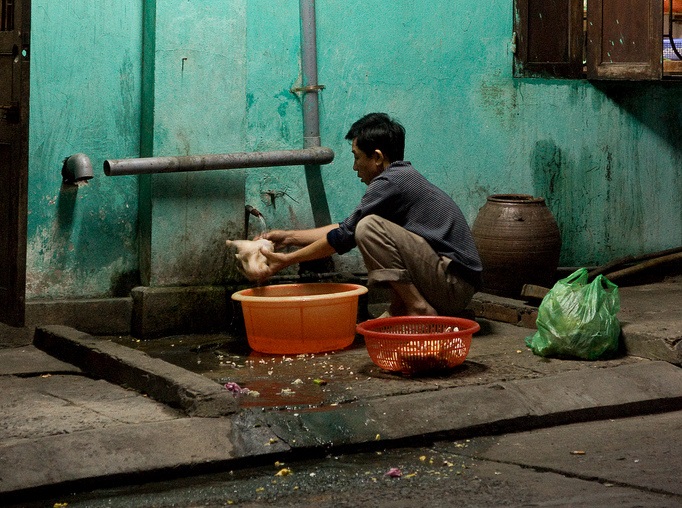
If city council officers catch restaurant workers cooking the food or washing the dishes behind the shop, they can refuse the restaurant a grade. Image from Florian Knorn on flickr.com
Same with food packaging, such as styrofoam boxes, paper bags, etc. – they must be kept in clean conditions. Fishing these out of some cobwebby corner behind a cupboard is not the way to jive. This is the moment for your Zebra tiffin carrier to shine like a Prima Donna – a CILISOS recommendation. *thumbs up and cheesy smile*
4. Water supply (2%)
Eateries must have ample supply of drinking water and adequate facilities for its storage and distribution.
With the water rationing that was imposed earlier this year (25 February – 1 May 2014), restaurant operators in the Klang Valley have wised up and equipped their restaurants with several storage tanks, as a Bernama survey revealed. We’re glad to be the bearer of this relieving news for all you eat-outers.
5. Drainage (10%)
Restaurant wastewater differs significantly from residential wastewater because of its higher content of oil, grease and foods. Thus, restaurants are required to install grease traps to intercept solids before they enter the wastewater disposal system.
According to Penang’s grading criteria, not fixing in a grease trap or incomplete installation are common offences that could result in restaurants not being given their grades at all (so yeah, halfway there is still not there). The best way we can think of to explain why restaurants must have grease traps is to show you what the device looks like.
BTW, we hope you’re not reading this over lunch or something…
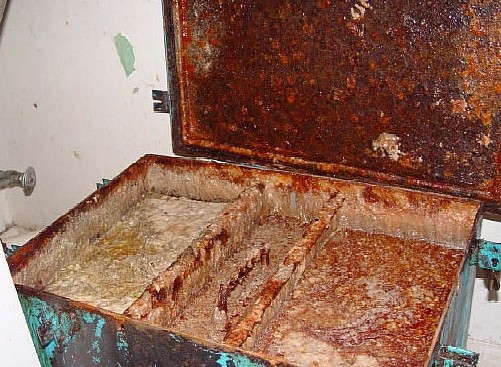
SWEET MOTHER OF…! According to Vision Plumbing, THIS is how you know a grease trap is doing its job. Image from visionplumbing.com.au
With this picture burned into your corneas for all eternity, we’re almost certain you now understand the importance of installing a grease trap to prevent ick from ending up in the main sewers. In case you ever want to buy a grease trap to pimp your car (which is now hotter a wave in Malaysia than El Nino), try browsing here.

Restaurants without grease traps are destroying the home of the Ninja Turtles. Image from themarysue.com
6. Toilet facilities (5%)
Apa ni? Only 5%? In the average 6 to 7 times you need to tinkle a day, you’re bound to have go at a restaurant some time despite the general hate and fear of public toilets.
Even though studies have shown that the toilet is probably the cleanest place in a house, we’re not so sure we can say the same of public toilets. Restaurants are instructed to keep their WCs are clean, stink-free (malodour does cost you some serious points), and ensure that the doors are functioning. Toilets must be equipped with proper wash basins, soap, paper towels and automatic hand dryer. They should not be directly open to any room or compartment with food. We hope none of the restaurants you dine in have this problematic floor plan! :-S
7. Waste disposal (10%)
To put it real simple, operators are supposed to keep their premises free from rubbish, dirt, soot, waste and generic gross things at all times. Waste needs to be disposed of as often as possible, so although the garbage truck doesn’t come ’round as frequently as the keropok sellers or Toto uncles, it should be removed at least daily. As you all know, waste accumulation is an open invitation to ‘unwanted guests’ of the disgusting kind.
8. Floors, walls, ceiling & ventilation (5%)
Restaurant owners must ensure that their walls and floors are tiled. In fact, not tiling the floor is apparently an offence in which inspection officers are supposed to deny the restaurant a grade.
Why tiles leh? Well, here are its advantages over other types of flooring…
Safety: Ceramic tiles are made from safe materials. They are fire-proof and they don’t emit toxic gas during a fire.
Hygiene: Ceramic tiles don’t absorb liquids, fumes, odours or smoke. Its surface is resistant to bacteria, microbes and stains too.
Easy to clean: It’s easier to clean ceramic tiles as they do not retain dust or residue.
Durability: Tiles last a very long time and are the only recognised ‘life time’ flooring apparently. Cool! 🙂
9. Pest control and general hygiene (8%)
Picture this – a restaurant that had always been successful at keeping good hygiene record gets a troll visit from inspection officers, one fine afternoon… And that is the day, some random cockroach decides to fly in, past the officers on eye-level and running out of strength, lands into a screaming customer’s bowl of soup. Ask if the bad luck restaurant owner’s name is Brian! Because it just might be…
The remaining 8% of the grade goes into making sure an eatery is free from pests – cockroaches, flies, rats, etc. But in spite of this point contributing only a small percentage, inspection officers are highly sensitive towards the presence of pests in food premises.
As one KL restaurateur told CILISOS: “If the DBKL officers catch sight of cockroaches or rats during spot checks, they will close the restaurant and the operator has to clean the whole premise.” Which shows that getting an A, B, C, or the boot depends a great deal on keeping the place pest-free. And yet, we cannot say that these critters are an uncommon sight in many restaurants around the country… hmmmmm…….
Aside from regular fixes like bug zappers and rat poison, restaurants occasionally need to bring in the big guns – pest control companies with painful sounding names like Rapidkill, QuicKill, RidPest and James White Ants Destroying – to rid the premises of infestation. Here, have fun whacking creepy crawlies… if your office has no CCTV. 😀
– – –
So what these grades actually tell us is…
Like we mentioned earlier, the grading system was introduced to compel F&B operators to beef up hygiene levels, for one, and to inform consumers about their cleanliness, for another. Consumers have the right to know about how each outlet fared in the last spot check and ultimately decide for themselves whether it’s a risk they care to take.
But hygiene hasn’t shown itself to be much of a deciding factor compared to taste, when it comes to choosing a place to eat. In her article on Ipoh Echo, Mariam Mokhtar shed light that Malaysians complain about it, but in the end resort to block out the sight (and smells) of unsavoury hygiene practices at their favourite makan place.
“We complain about dirty restaurants but some of us continue to patronise these places. Perhaps, Malaysians don’t care about hygiene as long as they can eat the food they are used to.” – Mariam Mokhtar, Ipoh Echo

A signboard in Lawas, Sarawak encourages the public to choose clean eateries. Image from brianmicklethwait.com
Likewise, Former Health Minister, Tan Sri Dr. Chua Soi Lek, urged consumers to patronise clean eateries and the Health Ministry to conduct food sampling tests, according to a news article from The Star. Does that mean there are no sampling tests being carried in the spot check routines? “No, they don’t take food samples. They just conduct a cleanliness check,” a Bangsar restaurateur told CILISOS.
Tan Sri Dr. Chua also called for the ministry to increase the frequency of spot checks and to take stern action against those who violate health regulations. Does that mean they don’t organise spot check frequently? Well, it wouldn’t be fair to generalise ALL city councils, but a cafe owner in KL spoke to CILISOS, saying that DBKL officers have only ever visited them once.
“They told us they conduct spot checks quite often. After we opened the cafe, they made the first check and said they would return to make sure that all the things that were lacking in their first trip would be put in place for the second. But they haven’t been back since.” – A cafe owner, KL
The owner of an Indian banana leaf restaurant in PJ shared a similar story with us. Since his restaurant opened in January 2013, no ninjas from MBPJ have surprise-attacked them yet.
“At the moment we’re running the restaurant without a grade. Of course, we make sure that everything is clean and we even installed a glass window to the previously closed kitchen, so that customers can see how the workers operate inside.” – An Indian banana leaf restaurant owner, PJ
He explains that the visibility from the glass window has worked in his favour as it keeps his workers on their toes when it comes to hygiene. “Getting a good grade from MBPJ would definitely boost customers’ confidence in my restaurant,” he adds.
So, we’re not arguing that just because MBPJ and DBKL officers checked a cafe in KL like only once, other city councils around the peninsula and east coast are lackadaisical in their inspections too. Then again, why would our former Health Minister express concern if there was nothing to be concerned about? Don’t shoot the messenger… *washes hands*
So what do these grades actually mean
Another thing we’ve learned, is that there’s more to the grade than meets the eye. Yes, there are mamaks and hawkers who’ve proudly earned their A’s, and yes, high-end restaurants receive them too. At the same time, there are eateries that have received C’s with no complaints about food poisoning before.
Don’t be fooled through, as Grade A doesn’t always guarantee food safety… one of CILISOS’ writers related a story where almost all 300 of her friend’s wedding guests went home with food poisoning despite dining at an award-winning Chinese restaurant in PJ – a place where, with its reputation and large staff numbers, you would put some degree of confidence in not getting food poisoning. Looks like the guests got more than one wedding favour that night. 🙁
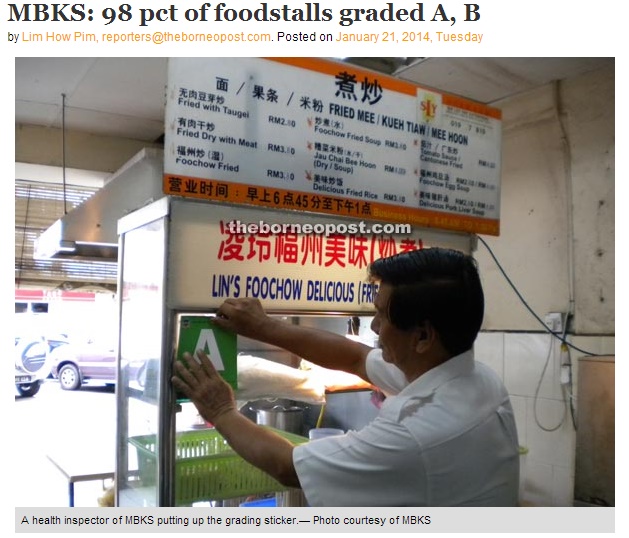
Food premises in Kuching South City Council have diligently upheld cleanliness since the implementation of the grading system, according to The Borneo Post. Image from theborneopost.com
So, there’s really no telling how the different types of eateries in Malaysia will fare in the grading system, because so many elements are involved – frequency of inspections, different percentages for grades which vary from one city council to the next, leniency of inspection teams at times, so on…
AND ALSO RIGHT… if our food premises do step up their game at maintaining cleanliness, it’s going to mean extra work and cost. It’s probably no surprise if they choose to hike up the prices on their menu to balance out the cost. So as the saying goes, there’s no free lunch- the best you can do is dirt cheap 🙂
So yes, the article leaves us with more questions than answers. But considering that your chances of dying from food poisoning in Malaysia (1 in 3 million) are lower than getting struck by lightning (1 in 3000), perhaps that’s kinda okay too. What do you think?
.
UPDATE: WHOA, major news, guys, Devi’s Corner at TTDI has been closed by the Health Department of the Federal Territory of Kuala Lumpur and Putrajaya, from 28th August until 11th September 2014. The photo of the closure notice was shared by Ranjini Sathivel on Facebook, who stated that she wasn’t sure of the reason for the closure.
The restaurant has been in operation for years… so what could have happened that the Health Department is forced to close one of the most famous mamaks in town? Several netizens have offered their explanations, with one Facebook user claiming that: “Devi’s restaurant one of the dirty restaurant,” and another stating: “Based on the sections, it’s due to unhygienic food… most probably there was insects or something found in the food that caused severe issues.”
Many have shown their support towards the Health Department, saying: “Let’s give our MAX support to all Jabatan Kesihatan all Majlis Perbandaran & Bandaraya. We shud take the initiative to report to the authorities when we see dirty BLR. Win-win situation.” Yet others have objected to closure:”Be reasonable to food operators..if there is an issue,address them to the manager or boss of the outlet..and if they dont improvise..then use the www.mppp.gov.my...respect ppl bread and butter…”
We’ll be waiting to see how this case develops… as for you guys, well, now you know what a closure notice looks like!
- 606Shares
- Facebook552
- Twitter1
- LinkedIn9
- Email9
- WhatsApp32


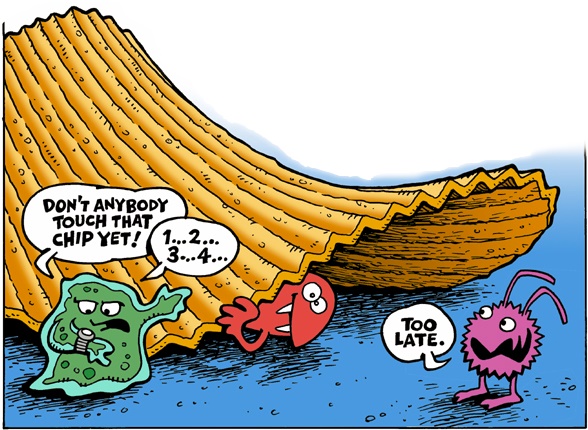


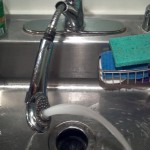
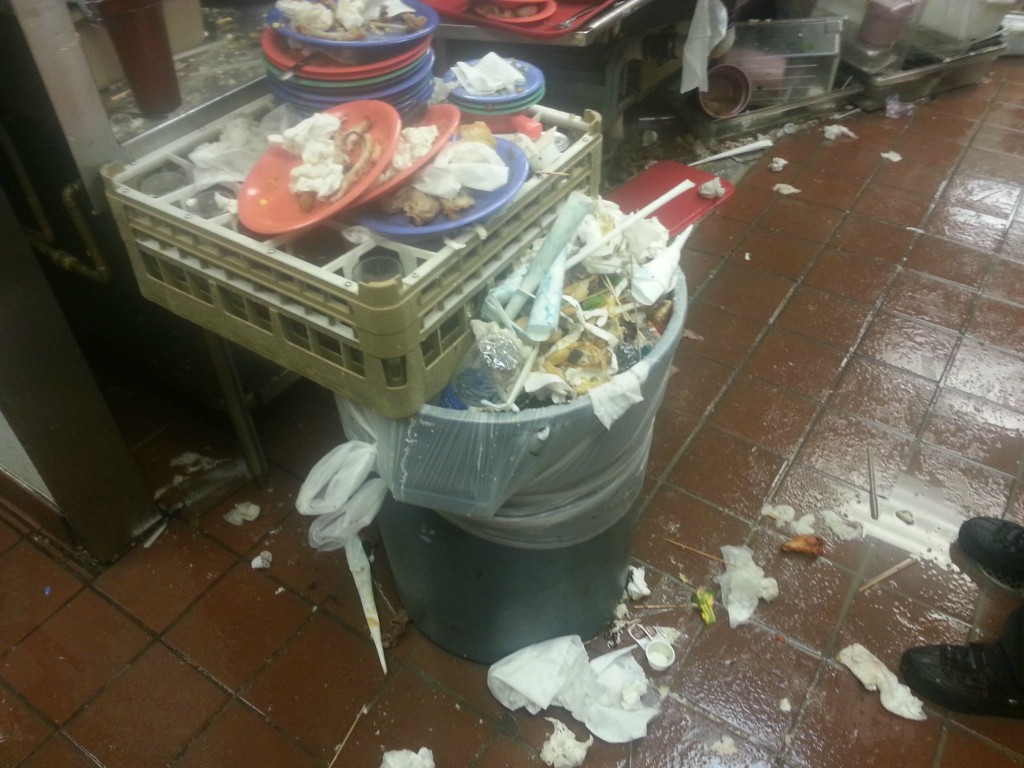
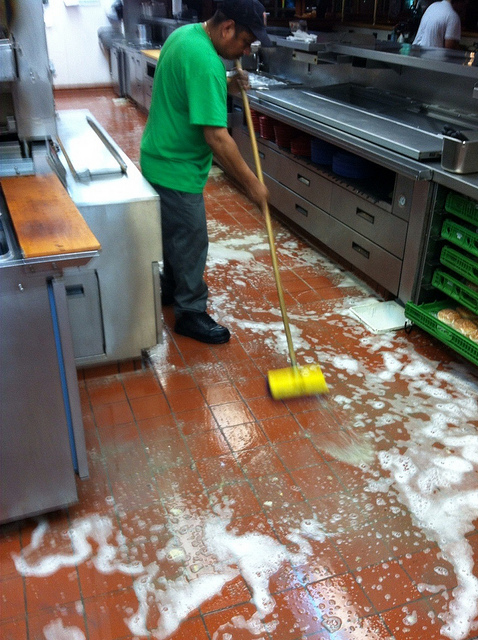








Pingback: 5 things that are wrong with mamaks OTHER than social ills | CILISOS - Current Issues Tambah Pedas!
Pingback: 7 Most Common Questions on TripAdvisor About Malaysia | CILISOS - Current Issues Tambah Pedas!